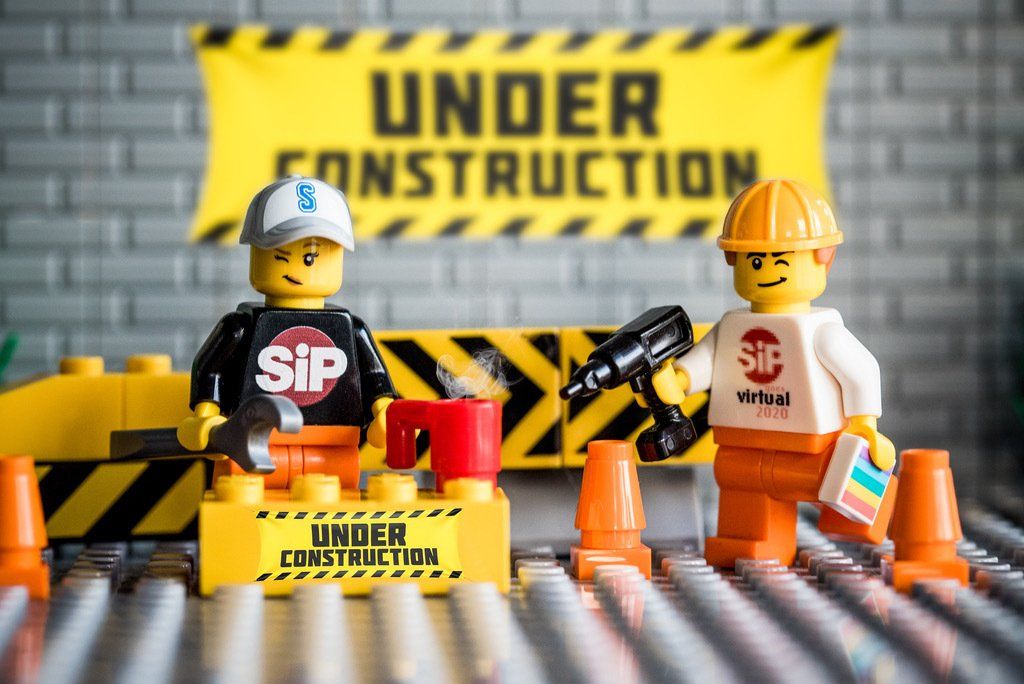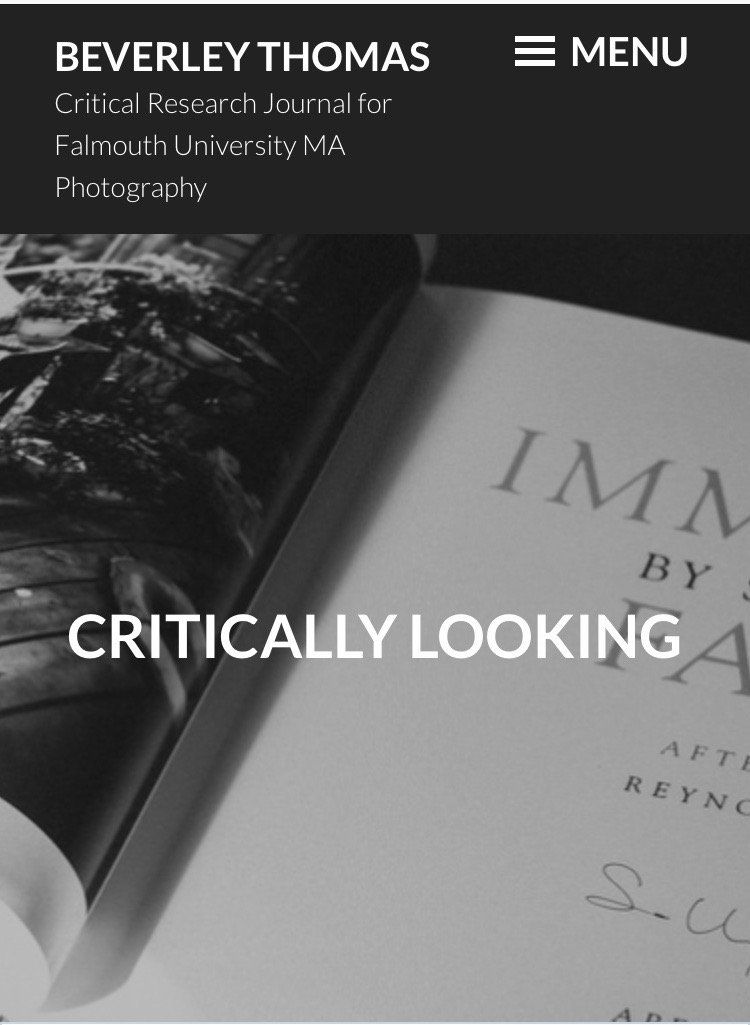Altered Landscape
In the search for the ideal image it became evident that I had seen everything before and I wanted to produce something different. My intent was to take image manipulation further away from the real but I was also aware this could come with some critic good or bad.
Everyday we see an abundance of mundane classical black and white landscapes that are clear examples of what is continuously presented. I do not argue that this is a bad thing they are indeed visually pleasing. Needless to say, one could argue are these images suggestive of being authentic?
Image Manipulation
Image manipulation has been used throughout photographic history, for example; Ansel Adams image ‘Moonrise Hernandez.’ Adams dogged and burned the sky to produce a more dramatic look changing the original aesthetic in which the image was first viewed. It is often argued that image manipulation lacks authenticity, to manipulate ones image changes one reality and it is often thought the image is not genuine. I have learnt to make clear distinctions between the real and the unrealistic approach. However, I wanted to transform the mundane into magical cinematic dreamscapes transforming the alternative realities. Does this approach of manipulation lack authenticity?

Constructed Reality
Evidently the beauty of a landscape is originally presented to us as an array of colours, so by changing the aesthetics into black and white, we have unconsciously already made an informed choice of manipulation. However, this kind of manipulation is normality and accepted simply because our audience has witnessed it on so many occasions. My perception and intuition tells me to explore these scapes in different ways and change expectation.
As I construct the reality, I began to transform it, thus allowing myself to have artistic freedom in my personal work and use my creativity to witness a different viewpoint.

Altered Landscapes
Driven by intuitive impulses aiming to transform arbitrary places into audacious and cinematic landscapes caught between fact and fiction. I saw beauty in the mundane, and by provoking an alternative reality. These visual conceptual conversations exposed the chaotic tension between light and dark.
‘Altered Landscapes’ looks at creating alternative realities that break away from typical pictorial photographs that we become accustomed to seeing. These dark romantic places connected to home, resemble bleak and uneasy post apocalyptic landscapes that are nevertheless indescribably beautiful.
This raises the questions to whether the camera records or creates the reality. However, we cannot produce the real no matter what we try to do, because that real moment has passed in a fraction of a second. We can only recycle it in a way that we perceive.
Reenacting the narrative, enabled me to tell a different story and the decision to transform these arbitrary places into cinematic dreamscapes depicting a different perspective that was unfamiliar to our way of seeing. I opened a door into my personal fiction inviting you into an imaginary world.
The Landscape enables the opportunity to bring the vernacular to this body of work. However, these destinations attract tourism and exhibit more than charming views, visited by the preoccupied looking for beauty, in turn creating a metaphor of death. Death replicated so many times leaving no space for ambiguity to further thought and feeling. This allowed me to put into context the world pandemic known as Covid-19.
In retrospect, I can see that my work is not necessarily representative of death in a physical form. It is about dramatic transformation. Just as the Raven symbolises. Interestingly, I begin to delve deeper into the Raven meaning as a spirit animal. The addition of the raven brought symbolic meanings and new perspectives that delved into the realms of my unconscious. Ravens have a very distinctive voice and a vast vocabulary, they remind me to stay true to my voice.









